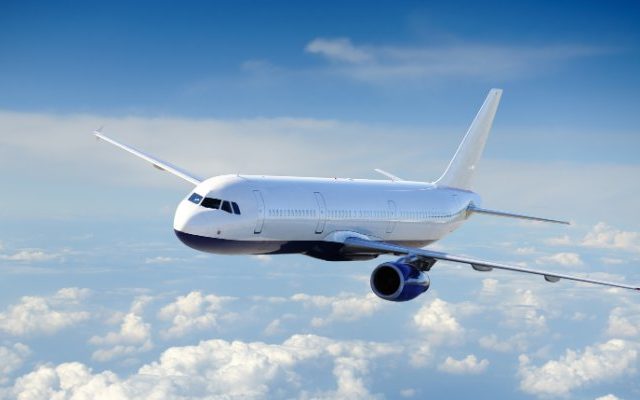Airlines are starting to figure out that their highest fliers might not be their most lucrative customers. At least not all of them. Airlines have been early adopters of loyalty programmes with own currencies that can be redeemed for free flights and other perks like cabin upgrade.
And they work, a lot. Or have worked, a lot. It depends on the point of view. Some of these airlines have literally hundreds of millions in liabilities in their own currencies / miles.
The idea seemed to make lots of sense: the more you fly, the more you spend, hence the better a customer you must be. And the best customers need to be rewarded by giving something back for their loyalty and their recurring custom, so they carry on flying with you, or fly even more.
Take me, for example. I have flown more than 1,000 flights in the last 10 years. I am not price insensitive. And I have been flying pretty much the same two/three routes for the best part of these 10 years. I have earned more miles than I care to count (or can spend), but does that make me a very good customer?
Not necessarily. I fly primarily short haul flights (my long haul flights are probably 5-6% of my total flights), and airlines don’t really make lots of money on those routes. Not flagship airlines, at least.
They tend to make the money on long-haul flights out of hubs, and short hauls are geared toward servicing those customers, or business customers – the ones that buy business class tickets, or full economy, at least.
Now imagine the airline is just breaking even on the short haul routes I fly the most, and imagine I am a below average price buyer (which I am). All of a sudden I am no longer one of their best customers (but if they value me on miles, or tier points, I rank quite high as customer!).
All of a sudden I become a loss making customer, and the more I fly, the more I cost them. But also the more I am rewarded (hence cost them even more).
This is not entirely true, though. And why is that? The reason is that a flight seat is a perishable good. It is either sold before the plane takes off, or it is lost. Its marginal cost is actually very low. You could say its marginal cost is close to zero.
Seconds before the plane leaves, you should be selling an empty seat at 10/20$ possibly even on a New York – Singapore (depending on meal cost and passenger and baggage weight). 10$ is better than nothing. Of course, it is more complicated than that.
If word gets out that a few hours before departure you are giving away seats at 10$, then people might wait to buy, leaving only the price-insensitive customers as full price buyers. You get the picture (try getting a ticket at sale price minutes before the plane leaves. I did. Let me know how it goes).
So maybe I am not a loss making customer, after all, as the average price considerations don’t really work at the margin. I can still be a valuable customer on a break-even route even if I am a below average-price buyer.
And this is where airlines are starting to use big data analytics more effectively by the day. By using all the different data points and plugging them into a more comprehensive model, airlines are starting to understand who the real good customers are, and offering them higher value services, or easier and better access to rewards and perks.
For example, making available the best (i.e. highest value) reward tickets to be bought with their miles, or easier access to cabin upgrade, or other complimentary services that make their best customers feel really rewarded and catered for.
For the rest of the high fliers? Well, you still get to keep the miles, but they become harder and harder to spend, as they become cabin upgrades.
Article by channel:
Everything you need to know about Digital Transformation
The best articles, news and events direct to your inbox









